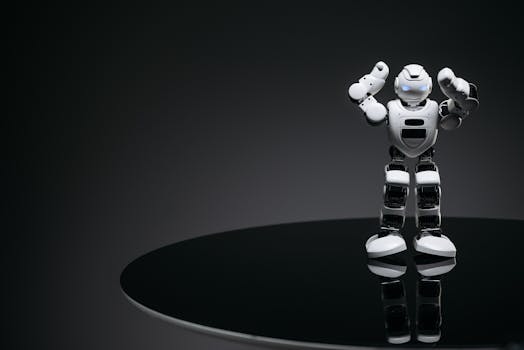
Smart Homes 2025: The Rise of AI-Driven Devices
Smart Homes 2025 is the new era of home living, where technology meets comfort and convenience. With the rise of AI-driven devices, home automation has become the norm, making our lives easier and more efficient. In this article, we’ll explore the world of smart homes and how AI is revolutionizing the way we live.
Introduction to Smart Homes

A smart home is a residence that is equipped with advanced technology, allowing for remote monitoring and control of various systems, such as lighting, temperature, security, and entertainment. The integration of AI-driven devices has taken smart homes to the next level, enabling homeowners to enjoy a seamless and automated living experience.
The concept of smart homes has been around for decades, but it’s only in recent years that we’ve seen a significant surge in adoption. According to a report by MarketsandMarkets, the global smart home market is expected to grow from $79.8 billion in 2020 to $146.4 billion by 2025, at a Compound Annual Growth Rate (CAGR) of 11.9% during the forecast period.
AI-Driven Devices in Smart Homes

AI-driven devices are the backbone of smart homes, enabling homeowners to control and monitor their living spaces with ease. Some of the most popular AI-driven devices used in smart homes include:
- Virtual assistants, such as Amazon Alexa and Google Assistant
- Smart thermostats, like Nest and Ecobee
- Smart lighting systems, such as Philips Hue and LIFX
- Security cameras, like Ring and Nest Cam
- Smart door locks, such as August and Schlage
These devices use machine learning algorithms to learn the homeowner’s preferences and adjust settings accordingly. For example, a smart thermostat can learn a homeowner’s schedule and temperature preferences, adjusting the temperature to their liking when they arrive home.
Benefits of Smart Homes

Smart homes offer numerous benefits, including:
- Increased convenience: With the ability to control various systems remotely, homeowners can enjoy a more convenient living experience.
- Energy efficiency: Smart homes can help reduce energy consumption by optimizing lighting, temperature, and other systems.
- Enhanced security: Smart security systems can detect and alert homeowners to potential threats, providing an additional layer of protection.
- Improved comfort: Smart homes can adjust settings to create a comfortable living environment, such as adjusting the temperature or lighting to a homeowner’s preferences.
In addition to these benefits, smart homes can also increase property value and provide a competitive advantage in the real estate market.
Conclusion

In conclusion, Smart Homes 2025 is the future of home living, driven by AI-powered devices and home automation. With the rise of smart homes, homeowners can enjoy a more convenient, energy-efficient, and secure living experience. As technology continues to evolve, we can expect to see even more innovative AI-driven devices and systems that will transform the way we live. Whether you’re a homeowner, renter, or simply interested in the latest technology trends, Smart Homes 2025 is an exciting and rapidly evolving field that’s worth exploring.






